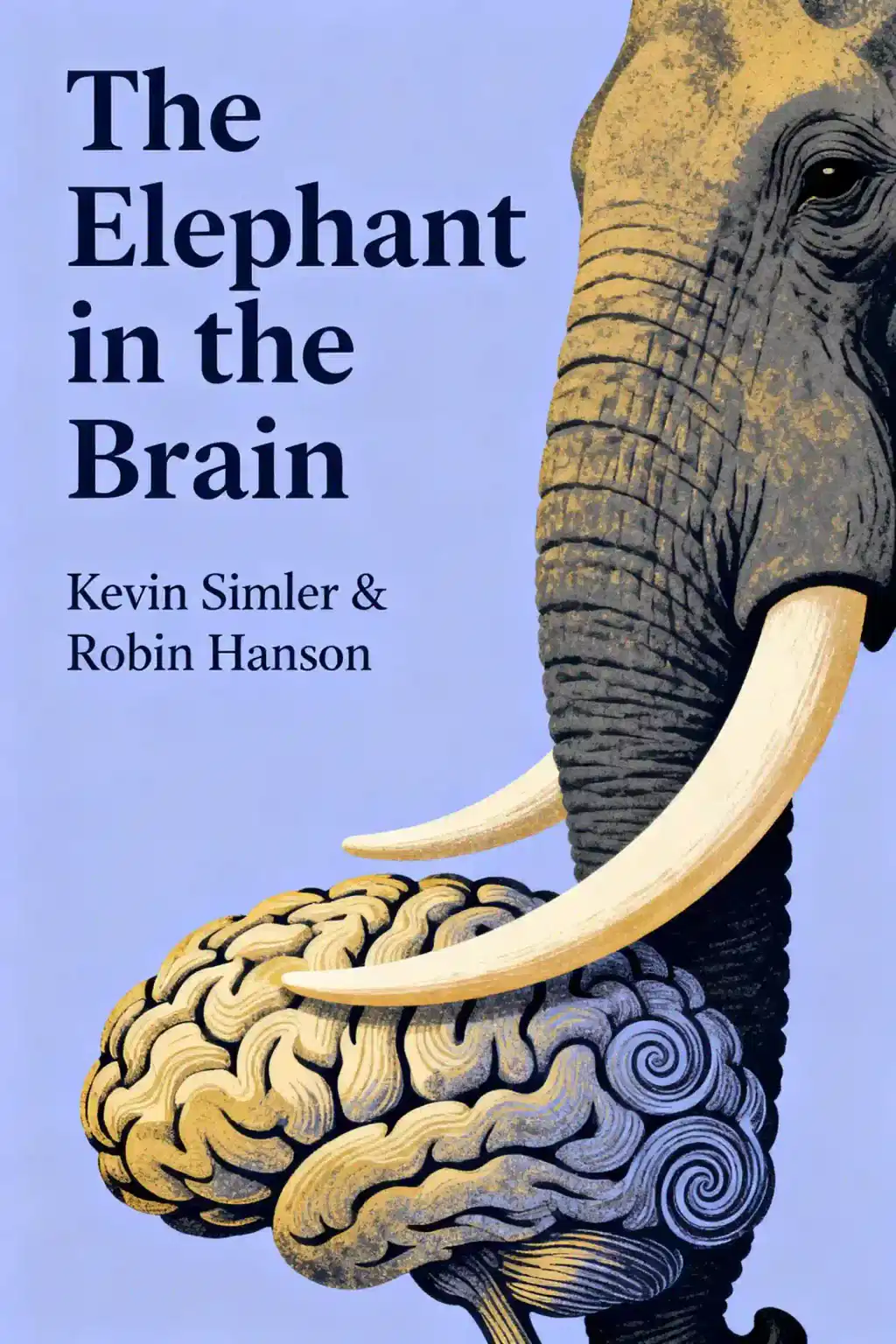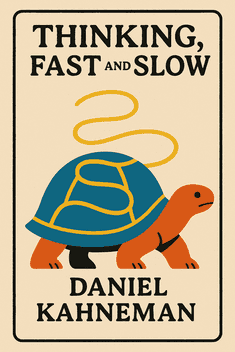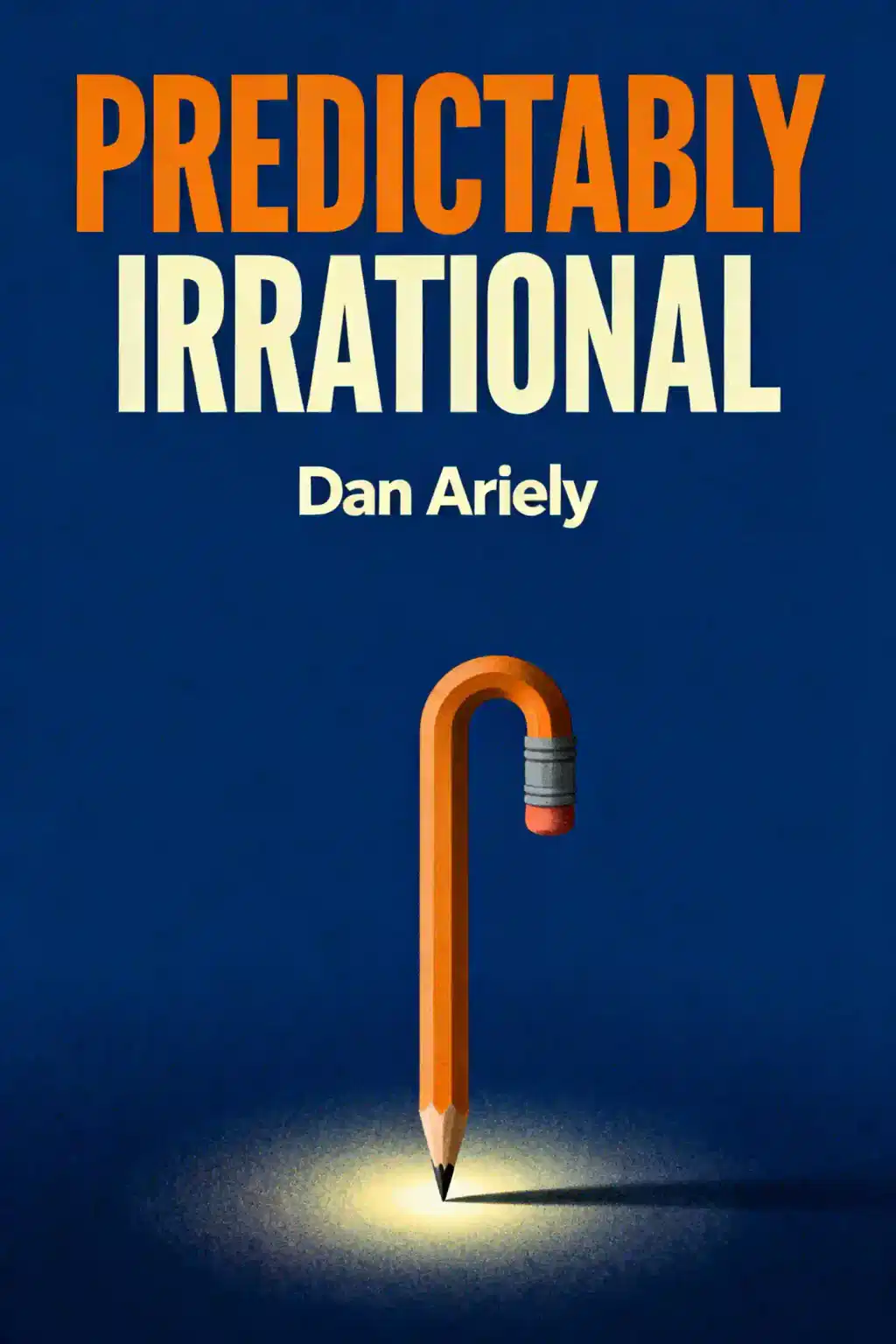What is
The Elephant in the Brain about?
The Elephant in the Brain by Kevin Simler and Robin Hanson explores the hidden motives driving human behavior, arguing that self-interest and social signaling often subconsciously dominate actions like charity, education, and art. The book uses evolutionary psychology and economics to reveal how self-deception helps us conceal these motives while maintaining social reputations.
Who should read
The Elephant in the Brain?
This book is ideal for readers interested in psychology, behavioral economics, or sociology. Leaders, policymakers, and anyone curious about unconscious social dynamics will gain insights into human nature, self-deception, and the gap between stated intentions and true motivations.
What are the key concepts in
The Elephant in the Brain?
Key ideas include:
- Hidden motives: Actions often serve selfish goals masked as altruism.
- Signaling: Behaviors like laughter or expensive purchases signal status or loyalty.
- Self-deception: Ignoring true motives helps avoid social judgment.
- Evolutionary roots: Competing for status and alliances shaped these traits.
How does
The Elephant in the Brain explain charitable behavior?
Charity often serves as a signal of wealth, generosity, or social alignment rather than pure altruism. The authors argue donors benefit from enhanced reputations, while recipients gain resources—a mutually beneficial transaction rooted in evolutionary social strategies.
What is the "elephant in the brain" metaphor?
The metaphor represents the unconscious, self-serving motives we ignore or deny. Like an elephant in a room, these motives influence behavior but remain unacknowledged due to social taboos against admitting selfishness.
How does
The Elephant in the Brain critique healthcare systems?
The book compares expensive medical treatments to "kissing a boo-boo"—rituals that signal care rather than improve health. Examples include overconsumption of subsidized healthcare and end-of-life interventions prioritizing social support over efficacy.
What are the main criticisms of
The Elephant in the Brain?
Critics note the authors selectively use evidence supporting their thesis while overlooking studies contradicting it, such as research showing genuine happiness from selfless acts. Some argue the focus on hidden motives oversimplifies complex human behavior.
How does
The Elephant in the Brain apply to workplace dynamics?
The book suggests meetings, titles, and advice-giving often signal authority or loyalty rather than productivity. Understanding these motives helps decode office politics and inefficiencies, like time-wasting rituals to demonstrate value.
What role does laughter play according to
The Elephant in the Brain?
Laughter signals social alignment and a playful mood, helping groups bond. It evolved as a "play signal" to distinguish harmless teasing from genuine aggression, reinforcing trust and cooperation.
How does
The Elephant in the Brain explain education systems?
Education often serves as a costly signal of intelligence and diligence to employers rather than purely transferring knowledge. Degrees act as social filters, with students and institutions complicit in maintaining this signaling equilibrium.
What is "auditory cheesecake" in
The Elephant in the Brain?
Coined by Steven Pinker, this term describes music as a pleasurable but evolutionarily frivolous trait—comparing it to cheesecake, which hijacks our taste buds without nutritional purpose. The authors use it to illustrate non-adaptive cultural behaviors.
How does
The Elephant in the Brain remain relevant in 2025?
In an era of social media and AI, the book’s insights into status signaling, self-presentation, and hidden agendas help explain online personas, influencer culture, and workplace dynamics shaped by virtual interactions.














